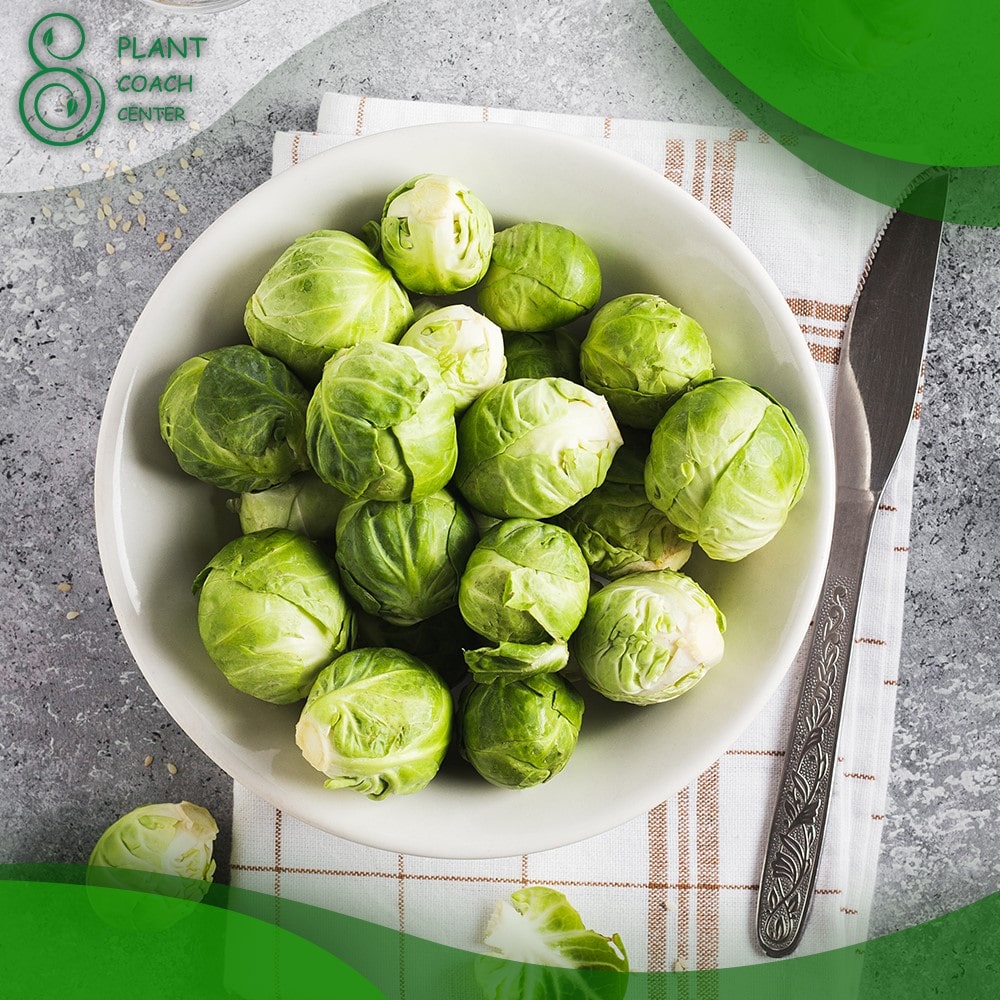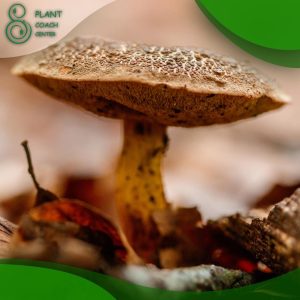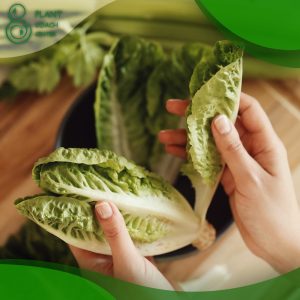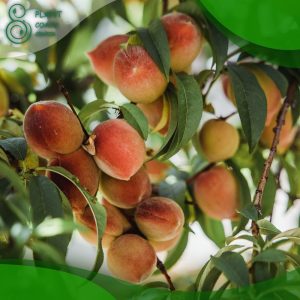How Do Brussel Sprouts Grow
Welcome to PlantCoachCenter.com, your reliable guide for all things plant-related. Today, we’re delving into the world of the humble Brussels sprout. You might be wondering, how do Brussels sprouts grow? Well, you’re about to find out!
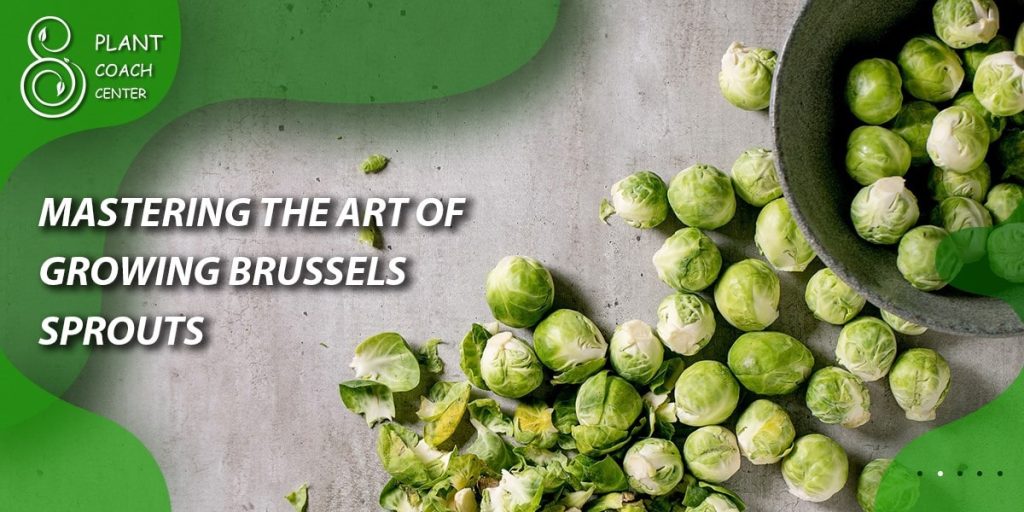
What are Brussels Sprouts?
Brussels sprouts are members of the Brassicaceae family, which also includes kale, cauliflower, and mustard greens. They’re known for their unique appearance, resembling miniature cabbages on a stalk.
Selecting the Right Variety
When it comes to Brussels sprouts, choosing the right variety is crucial. Different types offer varying flavors, growing times, and hardiness. Some popular options include Long Island Improved, Churchill, and Red Bull.
Ideal Growing Conditions
So, how do Brussels sprouts grow best? They thrive in cooler climates, with temperatures between 45-75°F being ideal. They prefer well-drained, fertile soil with a pH of 6.0-7.0.
Starting from Seeds
You can start your Brussels sprouts journey from seed. Plant them indoors 6-8 weeks before the last expected spring frost.
Planting Brussels Sprouts
Once your seedlings are ready, or if you’ve purchased young plants, it’s time to move them outdoors. Plant them in a sunny location, spacing them around 18-24 inches apart.
Caring for Brussels Sprouts Plants
Regular watering and fertilizing are key to healthy Brussels sprouts. Water deeply once a week, and use a balanced fertilizer to provide essential nutrients.
Harvesting Brussels Sprouts
Your sprouts are ready to harvest when they are firm, green, and about 1 inch in diameter. Start from the bottom of the stalk and work your way up.
Pest and Disease Control
Like any plant, Brussels sprouts can be affected by pests and diseases. Keep an eye out for common issues like aphids and clubroot.
Recommended specific varieties of Brussels sprouts to grow
Long Island Improved
This is a classic heirloom variety that has been popular for decades. It produces a large number of small, tightly closed sprouts on a tall stalk. It’s known for its durability and reliability.
Hestia
Hestia is a modern hybrid variety that is known for producing a high yield of uniform, mid-sized sprouts. It’s a good choice if you’re looking for consistency and productivity.
Churchill
Churchill is an early maturing variety, which means you’ll be able to enjoy your sprouts sooner. It produces medium-sized, dense sprouts with a sweet, nutty flavor.
Red Bull
As the name suggests, Red Bull produces red Brussels sprouts, which can be a fun addition to your garden and your plate. The sprouts are sweet and tender, and the plants are vigorous and reliable.
Trafalgar
Trafalgar is another hybrid variety known for its productivity. It produces large, tightly closed sprouts with a robust flavor. It’s also resistant to several common diseases.
Remember, when choosing a variety, consider your specific growing conditions and what you want from your sprouts (such as size, flavor, and color). Each variety has its own strengths and characteristics.
Are there any pests or diseases I should be aware of when growing Brussels sprouts?
Like all plants, Brussels sprouts can be susceptible to a variety of pests and diseases. Here are a few to watch out for.
Pests
Cabbage Worms: These green caterpillars can do significant damage to your Brussels sprouts plants. They can be handpicked off the plants or controlled with a product like Bacillus thuringiensis (Bt), a natural bacteria that kills the larvae.
Aphids
These small, sap-sucking insects can stunt growth and lead to deformed sprouts. Insecticidal soaps or neem oil can help control aphid populations.
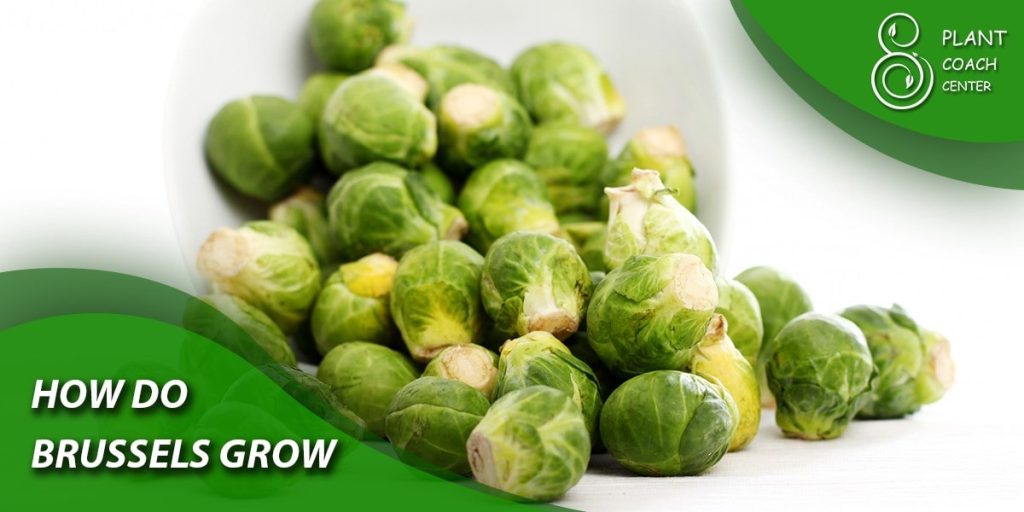
Cabbage Root Maggots
These pests can damage the roots of your plants, leading to wilting and yellowing. Crop rotation and beneficial nematodes can help manage these pests.
Clubroot
This fungal disease causes swollen, distorted roots and wilting plants. It’s difficult to control once established, so prevention is key. Use disease-free transplants, rotate crops, and maintain a soil pH around 7.0.
Black Rot
This bacterial disease can cause yellowing and wilting, and dark veins on the leaves. To prevent it, rotate crops and avoid overhead watering which can spread the bacteria.
Downy Mildew
This fungal disease causes yellow spots on the tops of leaves and white, fuzzy growth on the undersides. To manage it, improve air circulation around your plants and avoid wetting the leaves when watering.
Remember, healthy plants are less likely to succumb to pests and diseases. Provide you’re Brussels sprouts with the right growing conditions and regular care, and they’re more likely to stay healthy. Regularly check your plants for signs of pests and disease, so you can act quickly if you spot anything amiss.
Introducing the Best Kinds of Brussels sprouts for a hot climate
Growing Brussels sprouts in a hot climate can be challenging, as they prefer cooler temperatures. However, there are a few varieties that are more heat-tolerant than others.
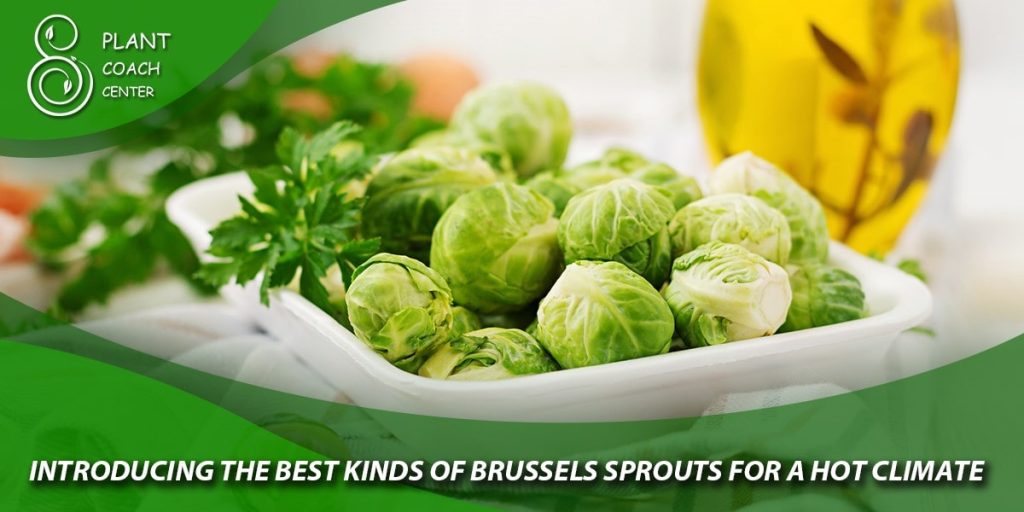
Jade Cross
This hybrid variety is bred for disease resistance and heat tolerance. It produces heavy yields of dark green sprouts.
Dagan
Dagan is a relatively new variety that is known for its heat tolerance. It produces high yields of medium-sized sprouts.
Breda
This variety is a traditional Dutch Brussels sprout that is known for its heat and drought tolerance. It produces large sprouts with a sweet flavor.
Remember, even heat-tolerant varieties will need some extra care in hot climates. Provide plenty of water, mulch around the base of the plants to keep the roots cool, and consider using shade cloth to protect the plants during the hottest part of the day. You might also consider starting your plants indoors and timing you’re planting so that the sprouts mature during the cooler fall months.
In hot climates, it can be helpful to time your planting so that the sprouts mature during cooler weather. This often means starting the seeds indoors in late spring or early summer and then transplanting them outdoors once the temperatures start to drop.
Conclusion
In conclusion, growing Brussels sprouts can be a rewarding endeavor for any home gardener. By choosing the right variety to suit your climate and taste, providing them with the ideal growing conditions, and keeping an eye out for common pests and diseases, you can enjoy a bountiful crop of this nutritious and tasty vegetable. Remember that patience is key, as these plants can take time to mature. With the comprehensive knowledge you’ve gained from this guide, you re now well-equipped to embark on your Brussels sprouts growing journey.
When is the best time to plant Brussels sprouts?
Brussels sprouts are a cool-season crop, which means they prefer cooler temperatures. In most regions, you can plant them in early spring for a summer harvest, or in mid-summer for a fall or early winter harvest.
How much space do Brussels sprouts need?
Brussels sprouts plants can become quite large, and adequate spacing is important for optimal growth. Generally, plants should be spaced about 18 to 24 inches apart in rows that are about 2 to 3 feet apart.
How long does it take to grow Brussels sprouts?
Brussels sprouts typically take about 80 to 100 days to reach maturity, but this can vary depending on the specific variety you re growing.
Can you grow Brussels sprouts in containers?
Yes, you can grow Brussels sprouts in containers. However, due to their size, you ll need a fairly large container – at least 12 inches in diameter and deep.


